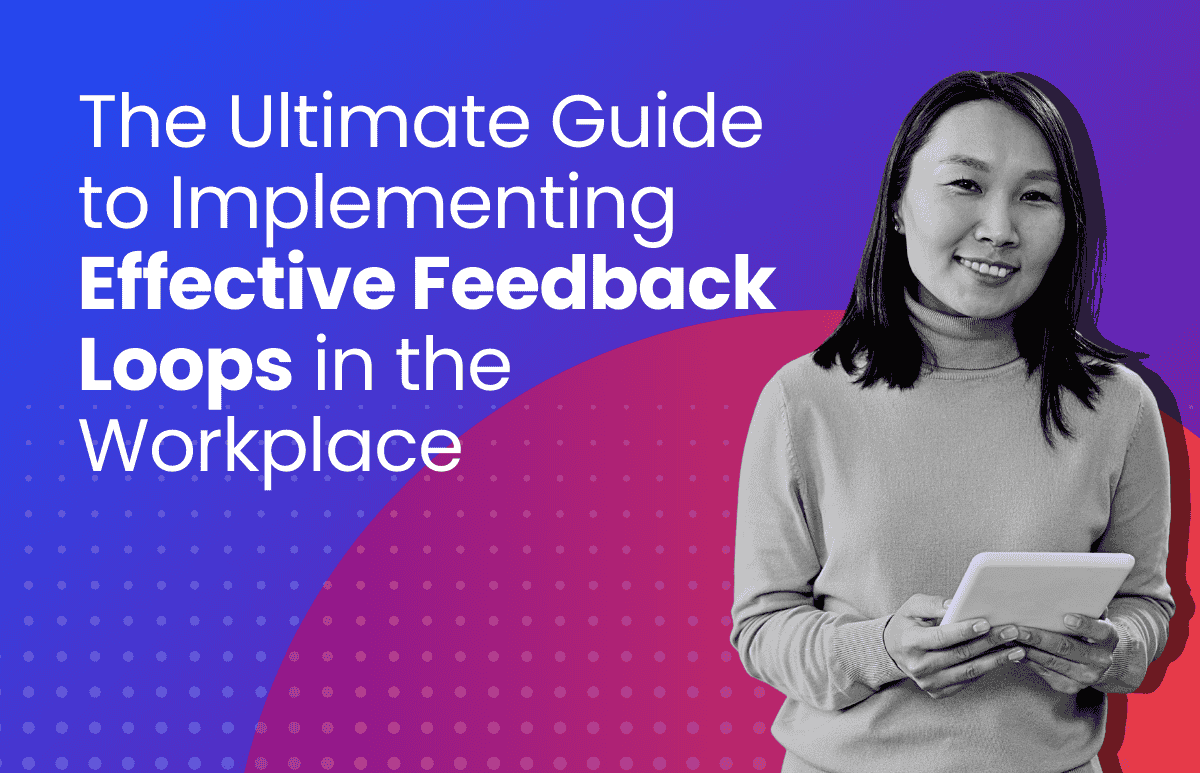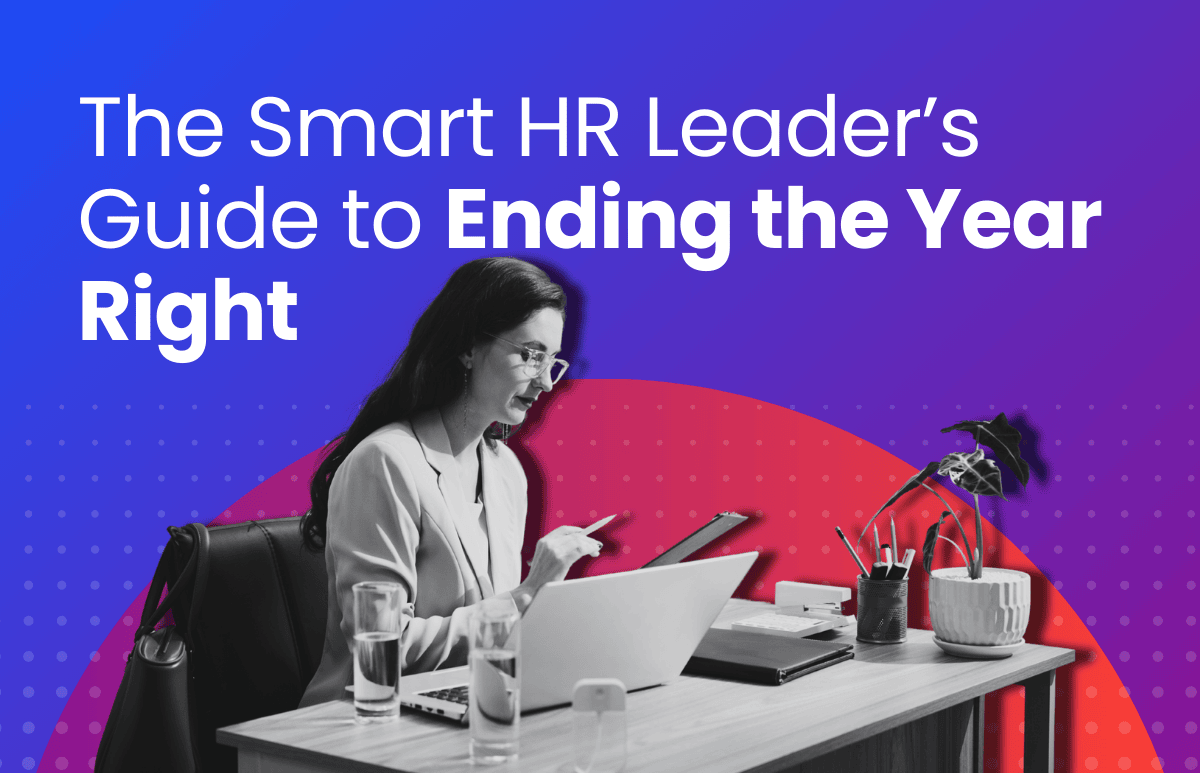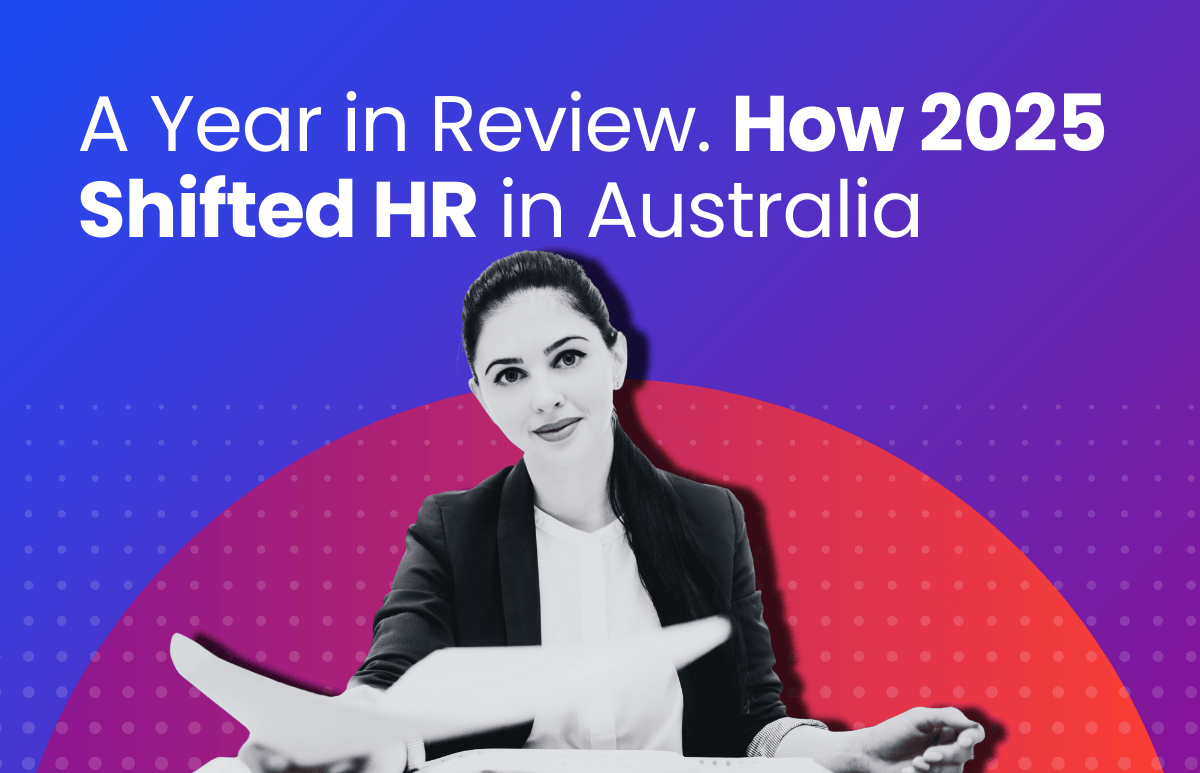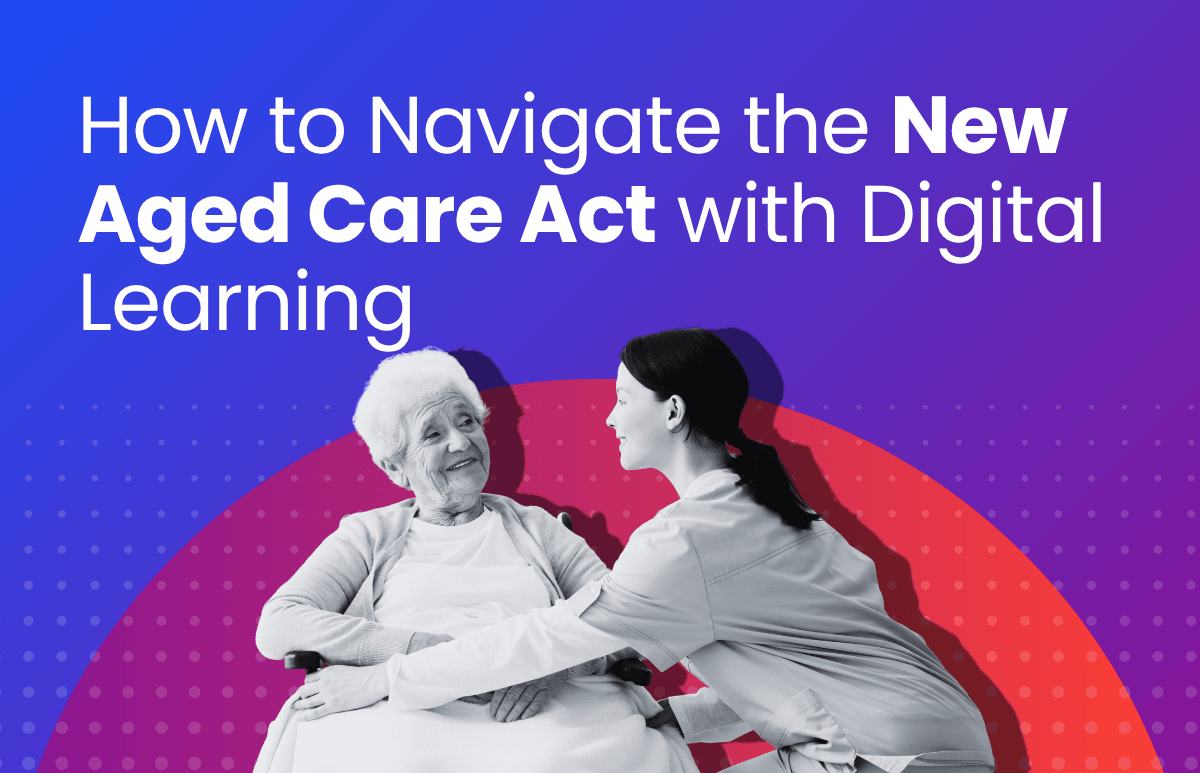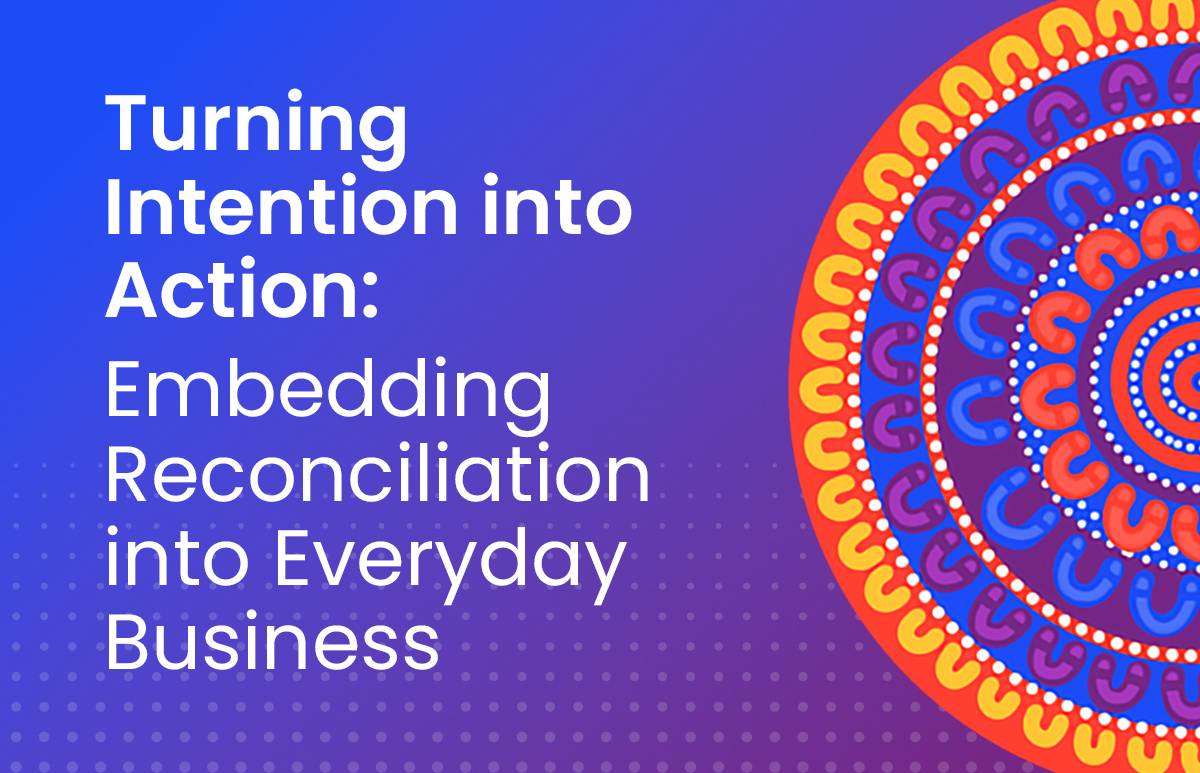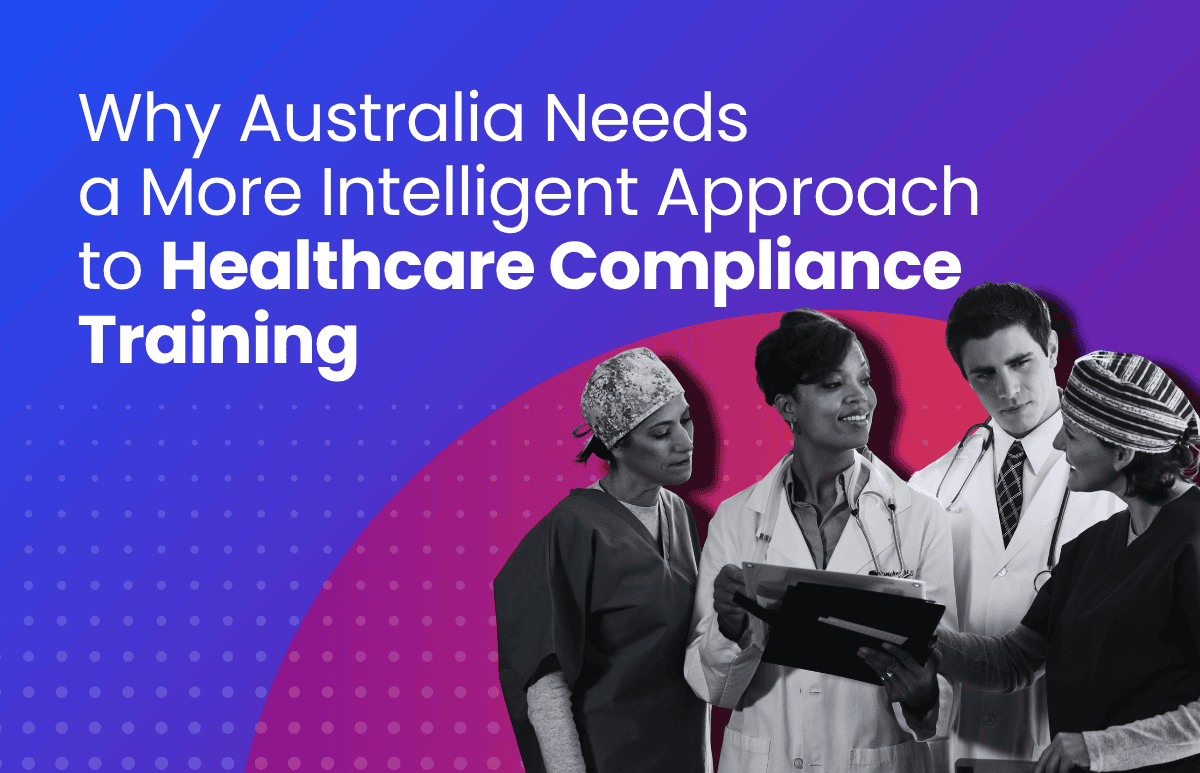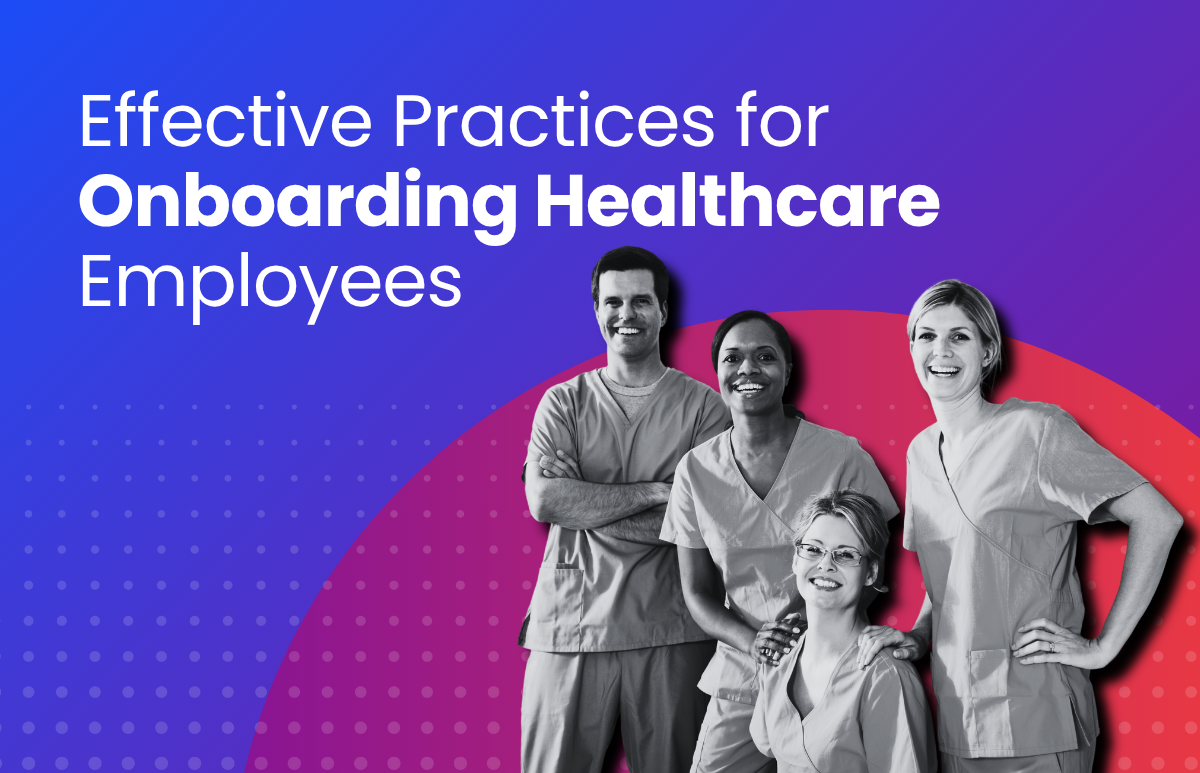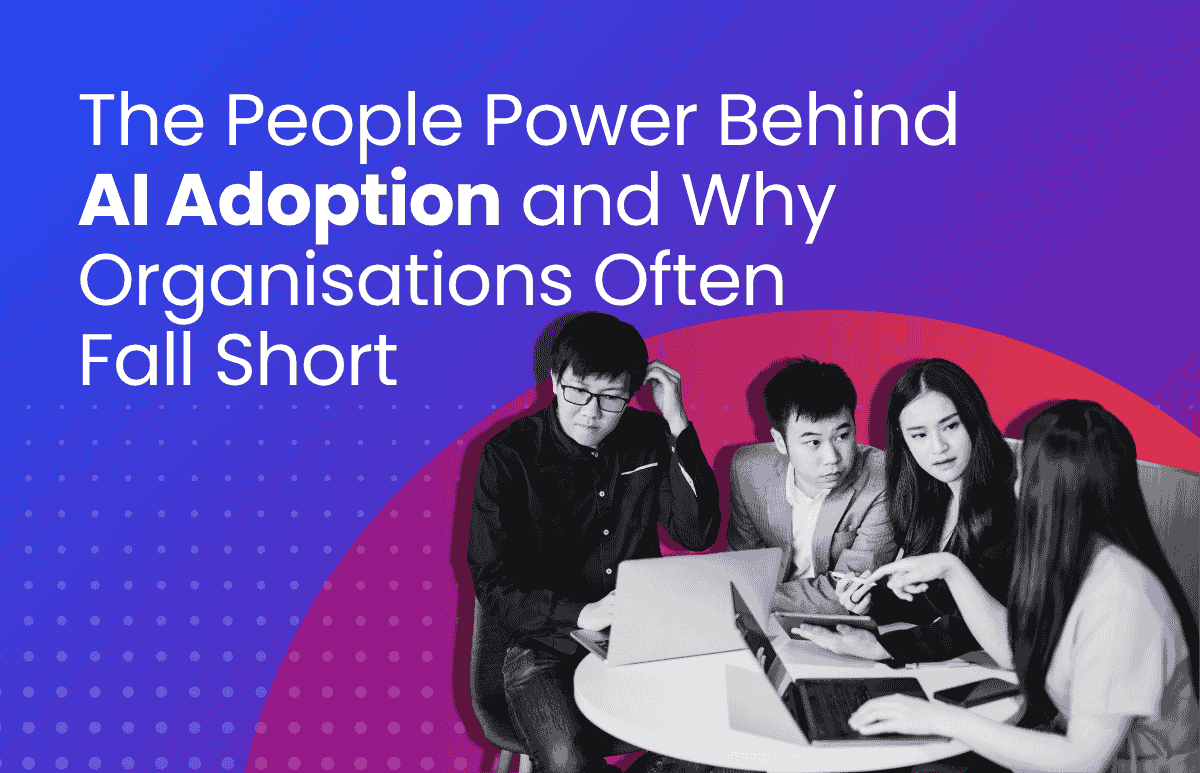From Cost Centre to Strategic Partner: How HR Wins Finance Over
For years, HR has been painted as a “cost centre.” But today’s organisations, boards and executive teams are looking to people leaders to unlock productivity, resilience, and innovation. The challenge? Sign-off still depends on Finance trusting the numbers.
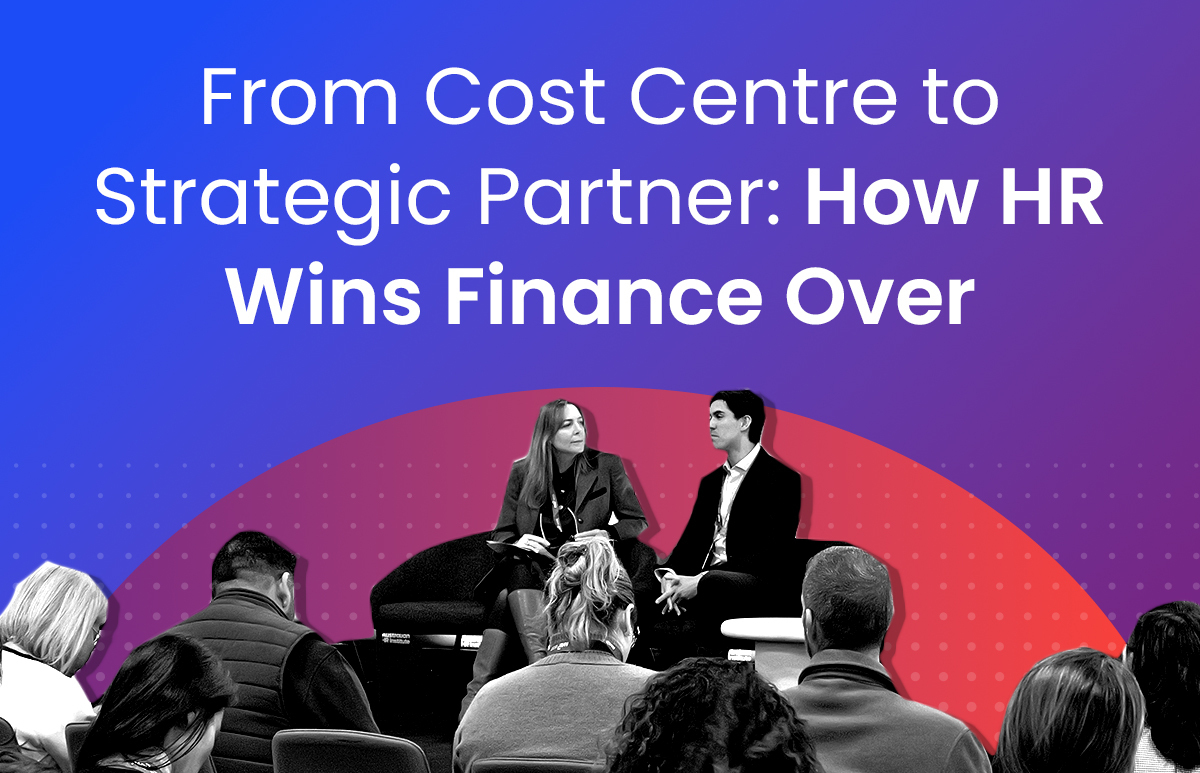
At AHRI’s annual event, ELMO Software’s Chief People Officer, Kate Wilkinson, sat down with Sam Morton, People & Culture Business Manager at Metro Trains Sydney, for a fireside chat about shifting that narrative. Together, they unpacked how HR can secure funding for high-impact initiatives by translating people outcomes into business outcomes.
The challenge: Training hundreds without time on their side
Sam shared how his team faced a major hurdle as Sydney Metro’s new city stations neared completion. Typically, staff would spend weeks physically walking through stations to familiarise themselves with every detail, but construction delays meant they didn’t have that luxury.
With opening day locked in, 300+ frontline employees needed to be ready. The solution? A virtual reality upskilling program.
“We had to get creative,” Sam explained. “There was simply no way to get every staff member into each station before launch. Virtual reality gave us a way to simulate that experience and cut training time in half.”
Getting Finance on board
Of course, great ideas don’t fund themselves. Metro Trains Sydney’s Learning & Development team knew the concept had potential, but the finance team held the purse strings.
Sam revealed the turning point: “The key was translating the project into hard numbers. The cost of not being ready to open those stations far outweighed the investment in VR. Once Finance saw the risk reduction and avoided penalties, it became a straightforward decision.”
To build confidence, they pitched it as a pilot project, starting with Central Station, the most complex site. If it worked there, it could work anywhere. And it did. That success unlocked funding for it to be rolled out across all stations.
“More than the money, it came down to trust. HR has people at its heart, and Finance works in a similar way, with decisions hinging on relationships and credibility. As Kate points out, ‘Finance won’t open the purse strings unless they trust who’s asking.’”
Sam agreed, emphasising how important it was to involve Finance early. His team invited them into meetings, showed conceptual models, and shared examples from other industries. This shifted the conversation from “a shiny new HR toy” to a credible business case.
Trust, Sam said, was built through transparency, communication, and showing real outcomes.
Data that builds credibility
The conversation also touched on how adopting ELMO’s configurable HRIS helped Metro Trains Sydney strengthen credibility with Finance.
“Having trusted, automated reporting completely changed the way we interact with the business,” Sam said. “Instead of spending hours tweaking spreadsheets, we now have confidence in the data we share with Finance. It cut down the workload and enabled more strategic conversations.”
Lessons for HR leaders
So what can other HR leaders take from this story?
- Translate people initiatives into financial language. Show risk reduction, cost savings, or growth, not just engagement or culture.
- Pilot first. Smaller, testable initiatives make it easier for Finance to say yes.
- Bring Finance into the journey. Don’t just present the final case, show progress, share prototypes, and invite feedback.
- Build trust through credibility. Accurate data and proven outcomes create confidence.
- Balance hard and soft skills. Strategic alignment is critical, but so is the human connection that builds buy-in.
Looking ahead: A true partnership
Sam closed with a perspective that resonated strongly: “It’s not about HR as a cost centre anymore. It’s about being a strategic partner by working alongside Finance and Operations to deliver solutions that fit their priorities. When you know what Finance needs and what Ops needs, you can tailor initiatives that actually move the needle.”
As Kate summed it up: success comes down to the perfect mix of hard skills (strategic alignment, metrics, efficiency) and soft skills (trust, relationships, and shared language).
The key takeaway? HR doesn’t need to choose between heart and numbers. With the right approach, you can speak Finance’s language while staying true to HR’s purpose, That’s how you turn a “cost centre” into a driver of business innovation.If you’re thinking about pitching HR Software to your Finance team, head over to our blog with Katherine Landon, Senior Vice President of Finance at ELMO Software to see what questions finance might ask.
 HR Core
HR Core 